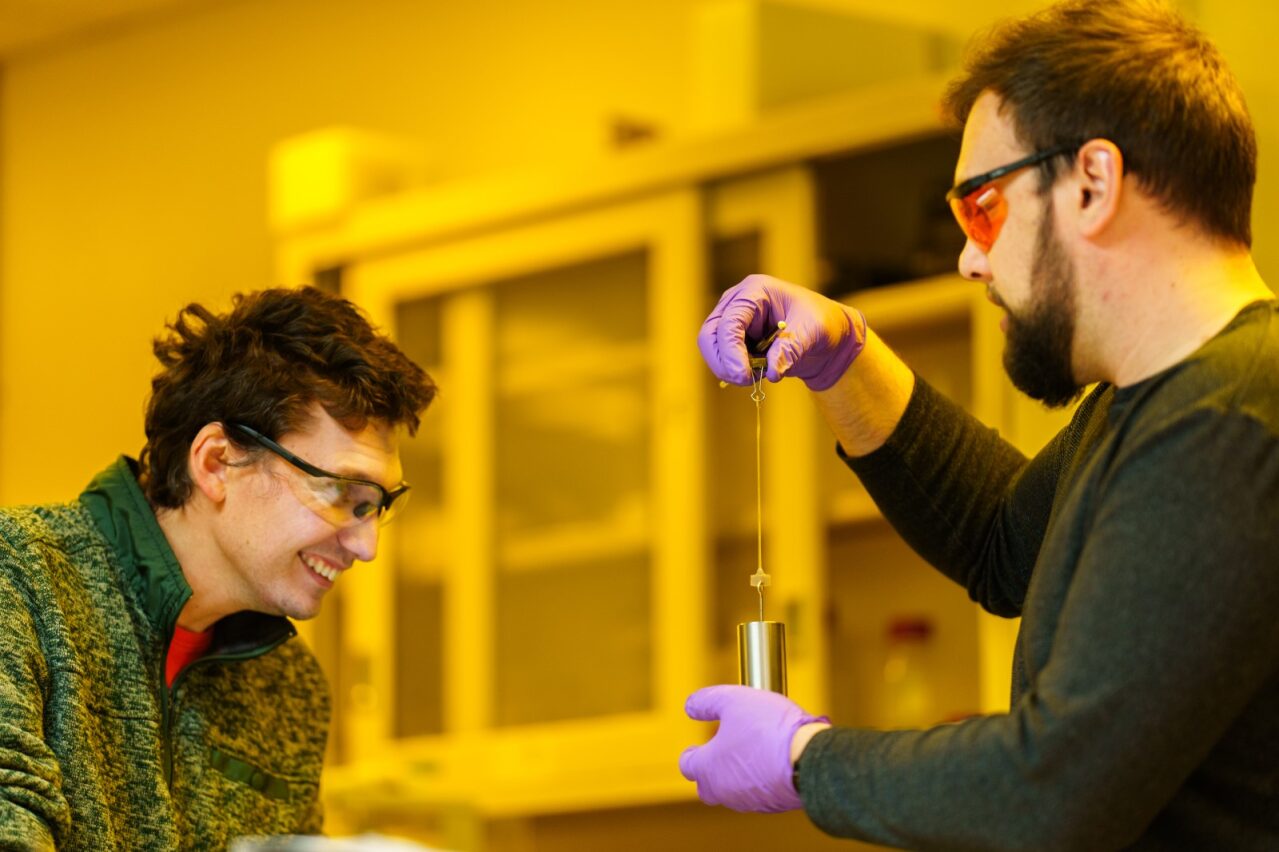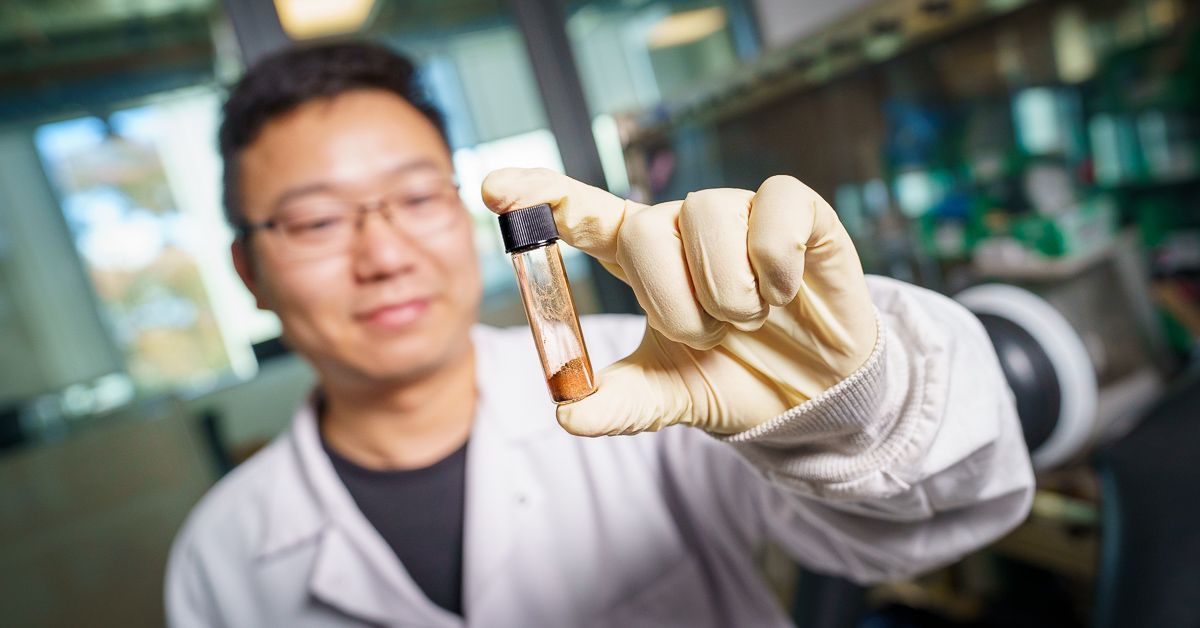Pioneering Precision: Transforming Micro-Edm with Feed-Pulse Collaborative Control
Chinese Academy of SciencesResearchers have introduced a novel technique in micro-electrical discharge machining (micro-EDM) that is set to redefine the standards of efficiency and accuracy in manufacturing. Dubbed Feed-Pulse Collaborative Control (FPCC), this innovation is set to transform aerospace and medical device sectors, heralding new industry standards with its applications.











































